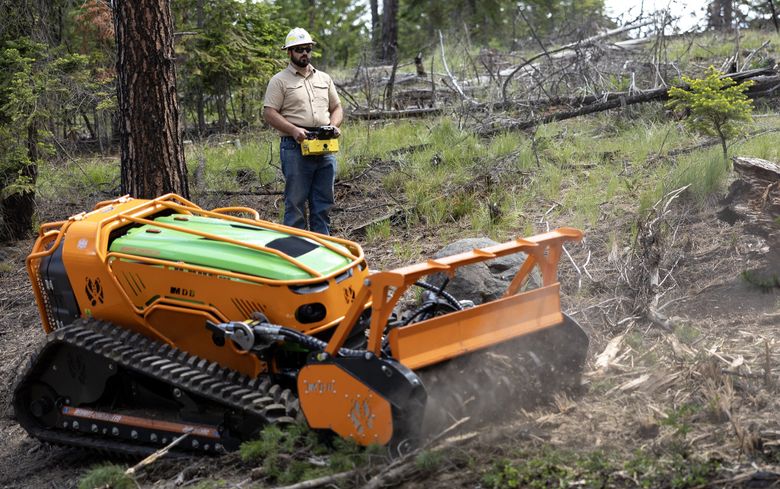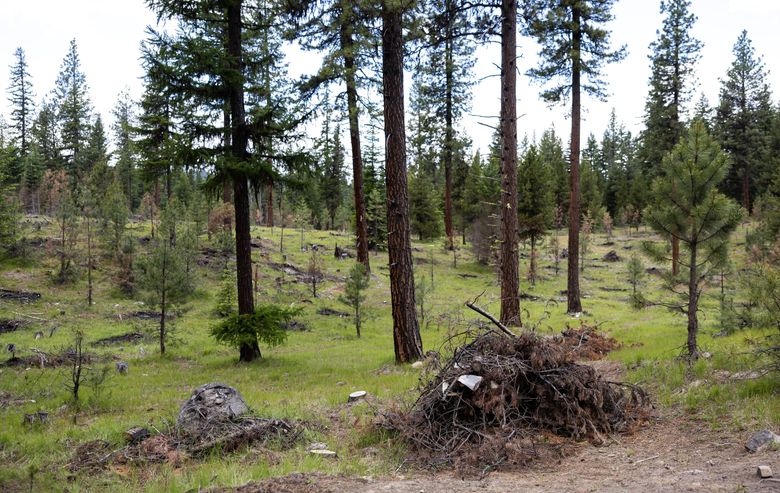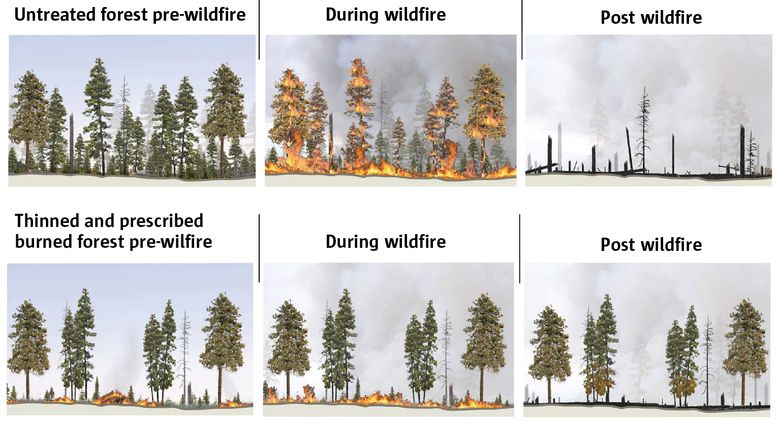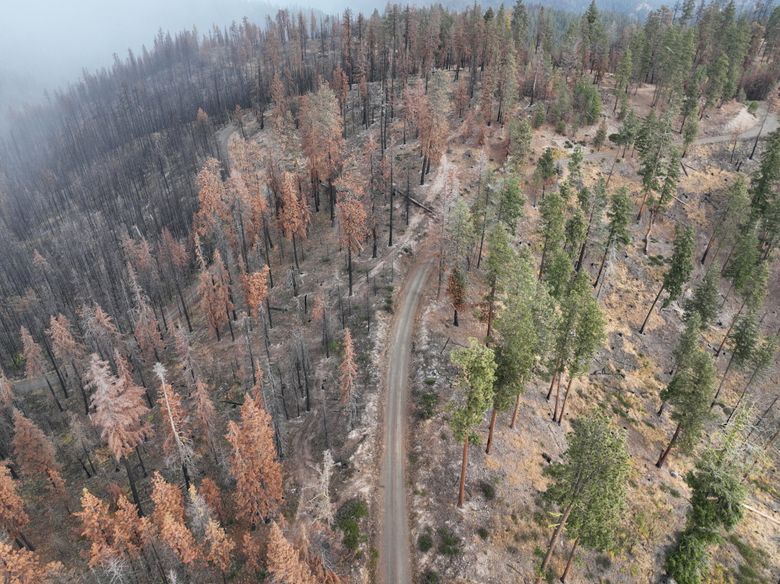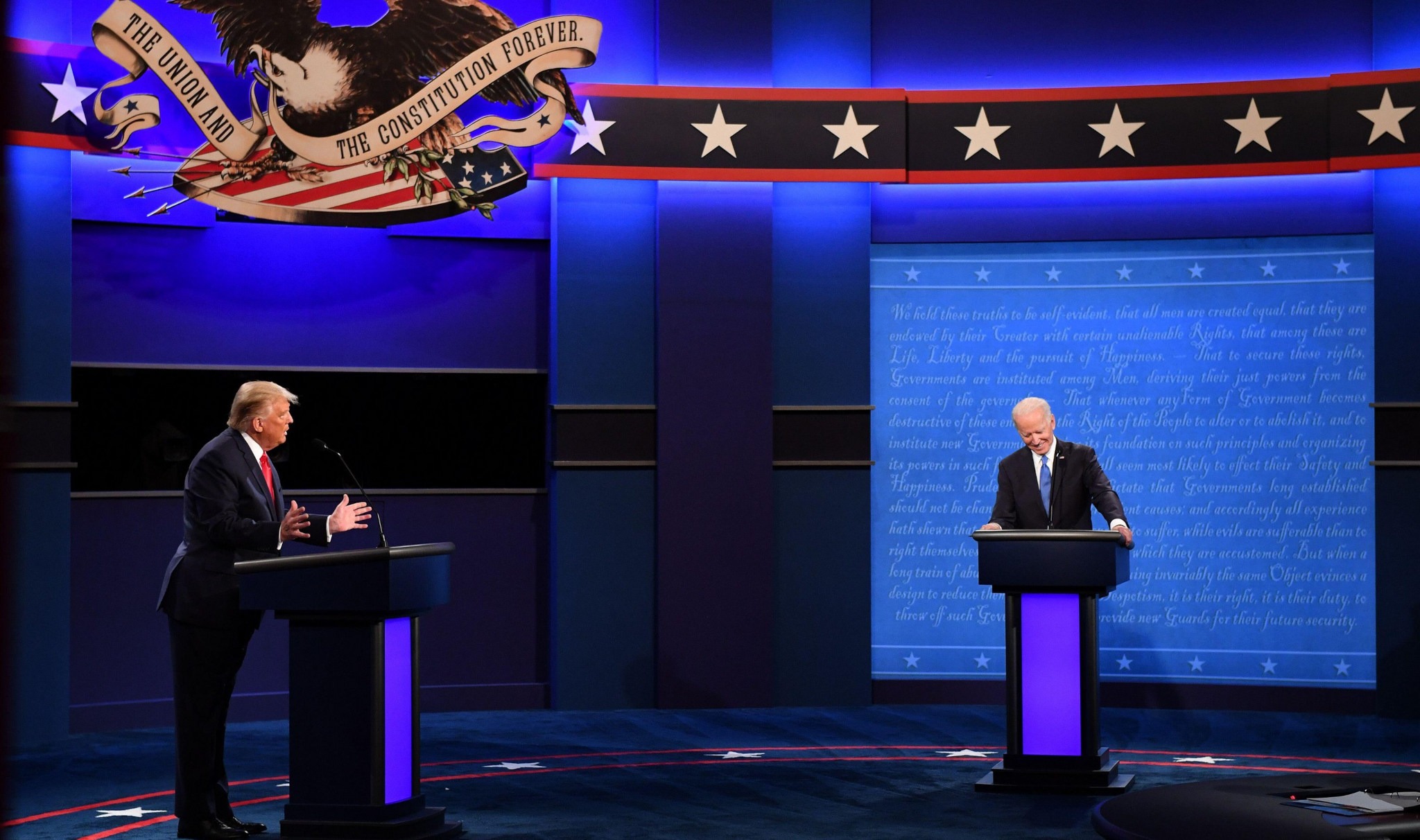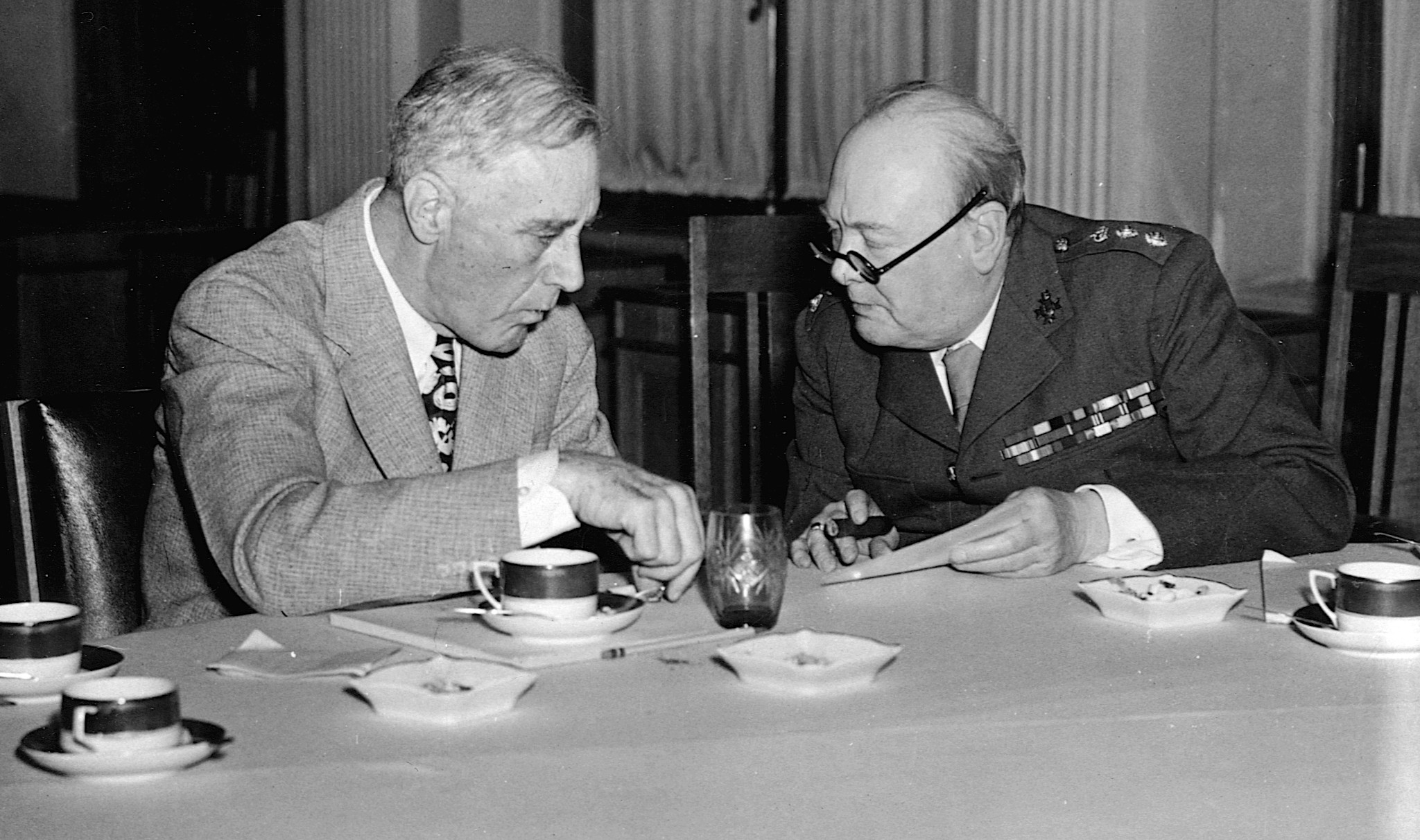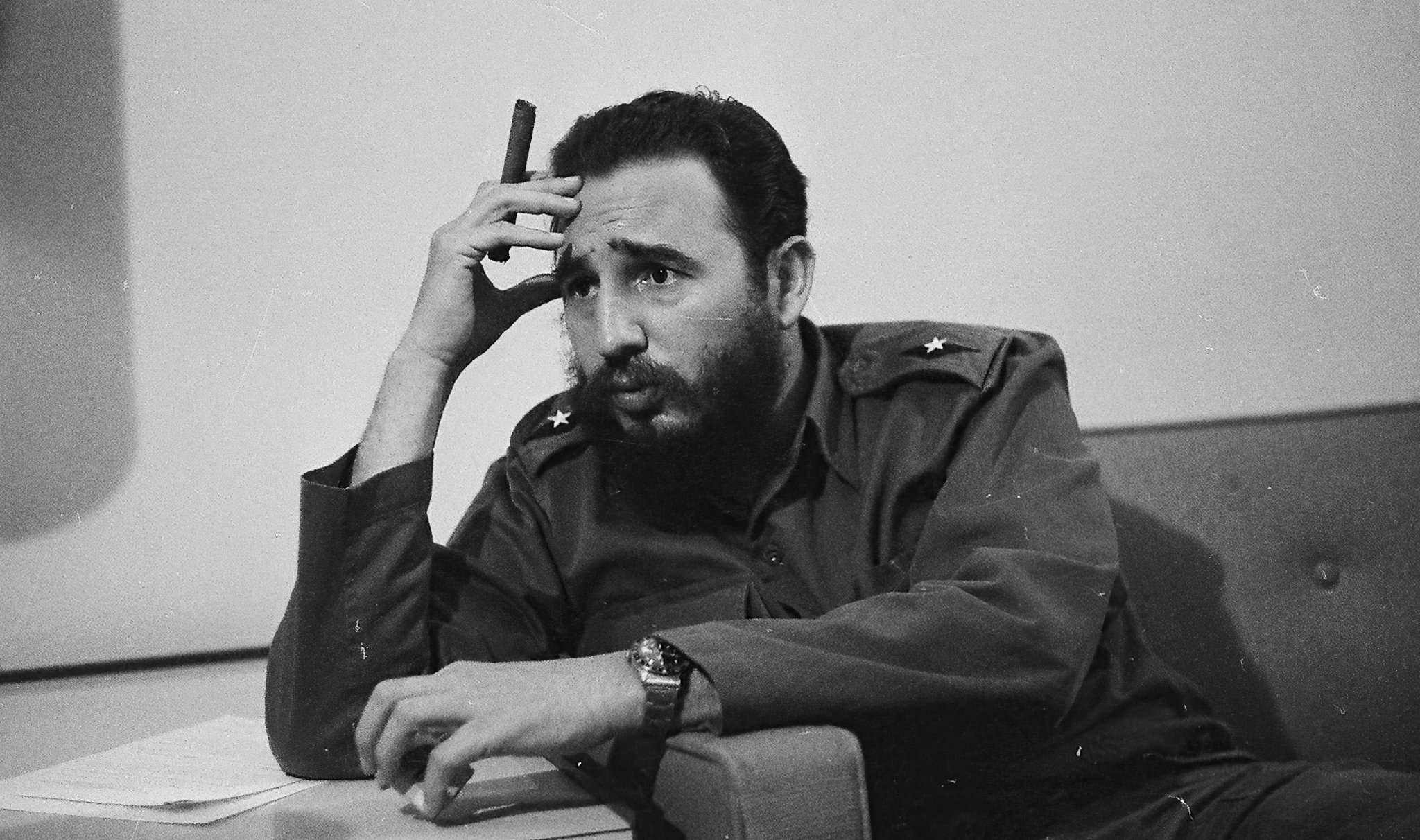Grayson Schaffer
Fri, October 11, 2024

Photographer and filmmaker Jimmy Chin was leading a National Geographic team below the north face of Mount Everest in September when they discovered a boot and sock embroidered with “A.C. Irvine,” believed to belong to the lost mountaineer Andrew Comyn Irvine. Photograph by National Geographic/Erich Roepke
When they spotted it, there was no mistaking what they were looking at: a boot melting out of the ice. As they drew closer, they could tell the cracked leather was old and worn, and the sole was studded and bracketed with the diamond-patterned steel hobnails of a bygone era of climbing.
In September, on the broad expanse of the Central Rongbuk Glacier, below the north face of Mount Everest, a National Geographic documentary team that included the photographer and director Jimmy Chin, along with filmmakers and climbers Erich Roepke and Mark Fisher, examined the boot more closely. Inside, they discovered a foot, remains that they instantly recognized as belonging to Andrew Comyn Irvine, or Sandy, as he was known, who vanished 100 years ago with the famed climber George Mallory.
“I lifted up the sock,” Chin says, describing the moment, “and there’s a red label that has A.C. IRVINE stitched into it.” Chin says he and his companions recognized the significance of the moment in unison. “We were all literally running in circles dropping F-bombs.”
Irvine and Mallory were last seen on June 8, 1924, while attempting to become the first people to reach the top of the world’s highest peak. The question of whether they had summited has endured as the greatest climbing mystery of all time. If Irvine and Mallory succeeded, their feat would have come some 29 years before Tenzing Norgay and Edmund Hillary finally reached the top of Everest.
Mallory’s remains were located in 1999, while the whereabouts of Irvine’s were unknown. “It's the first real evidence of where Sandy ended up,” says Chin of the discovery. “A lot of theories have been put out there.” He hopes the discovery helps explain what happened on the mountain in 1924, and brings some closure to Irvine’s relatives who revere him still. “When someone disappears and there’s no evidence of what happened to them, it can be really challenging for families. And just having some definitive information of where Sandy might’ve ended up is certainly [helpful], and also a big clue for the climbing community as to what happened.”

Chin said he suspects the boot had been trapped in the glacier until just prior to the team spotting it. “I think it literally melted out a week before we found it,” he said. Photograph by Jimmy Chin

The sock, with Irvine’s name, was found along with a boot and a foot, emerging from the ice of the Central Rongbuk Glacier. Photograph by Jimmy Chin
One of Chin’s first calls to share the news was to Irvine’s great-niece Julie Summers, 64, who wrote a 2001 biography of Irvine and has championed his contributions to mountaineering for years. She was grateful for the news. “It’s an object that belonged to him and has a bit of him in it,” she says of the boot. “It tells the whole story about what probably happened.” Summers suspects that the remains were swept down the mountain by avalanches and crushed by the moving glacier. “I'm regarding it as something close to closure.” Members of the family have volunteered to share DNA samples to compare with the remains in order to confirm their identity.
(This team climbed Everest to search for a camera that could rewrite history)
Summers said the discovery brought back memories of when news broke in 1999 that Mallory’s body had been found by the alpinist Conrad Anker, as part of the Mallory and Irvine Research Expedition, which sought to settle the question of whether the pair had indeed reached the summit. An examination of his remains revealed the sort of deep rope marks that might indicate a fall that was caught by a rope wrapped around his waist—evidence that suggested to Anker that Mallory and Irvine were roped together in their final moments. “I knew at once that he’d been tied to his partner, and that he’d taken a long fall,” Anker wrote in The Lost Explorer, which he co-authored with David Roberts. Mallory’s right leg was badly broken and his uninjured left leg was laid delicately over the break, hinting that he didn’t die immediately in the fall. His dark snow goggles were in his pocket, which led to speculation that the fall could have occurred in the evening as the two had been descending. The photograph of his wife that Mallory had planned to leave on the summit wasn’t with him.
Finding Mallory’s remains answered several questions about the fate of the two men, but it left two big questions unanswered. Where was Irvine? And had the pair reached the summit? Climbers and historians long thought that answering the first question might offer clues about the second. After all, it had been Irvine who had carried the Kodak Vest Pocket Camera lent by expedition member Howard Somervell. The undeveloped film inside, it was thought, might contain the only conclusive evidence of their success. And so, the quest to find Irvine’s body acquired more interest—on par, in some circles, with the search for Amelia Earhart or Michael Rockefeller.

In the last photo taken of the mountaineers, George Mallory (left) and Sandy Irvine prepare to leave the North Col of Everest in June 1924. Photograph by Noel E. Odell/Royal Geographical Society via Getty Images
In September, several days before they came upon the boot, Chin says, the team was descending the Central Rongbuk Glacier when they found a different artifact that aroused their curiosity. “We discovered an oxygen bottle marked with a date on it that said 1933,” he says. Nine years after Mallory and Irvine had gone missing, the 1933 British Everest expedition was the fourth attempt to climb the mountain. It also ended in failure, but members of the 1933 expedition did find an ice ax that belonged to Sandy Irvine high on the northeast ridge, though well below where Mallory was found.
(Here's why Mount Everest keeps changing its height)
The discovery of the 1933 oxygen cylinder got Chin and his teammates thinking. “If Sandy had fallen down the north face, his remains or his body could be somewhere near here,” says Chin. They started to speculate that if an oxygen canister had fallen off the mountain, “it probably fell down quite a bit farther than a body—more like a missile.”
Chin suspected that Irvine’s remains could be close. “Sandy could potentially be a few hundred yards up the glacier from here toward the mountain,” he told Erich Roepke. In the days that followed, Chin and his team began taking a circuitous route across the folds and crevasses of the glacier. “It was actually Erich who spotted something and was like, ‘Hey, what's that?’,” says Chin. It was the boot, emerging from the ice. “I think it literally melted out a week before we found it.”
In her book about her great-uncle, Julie Summers describes Irvine as “a beautiful young man who died in the flush of youth.” Indeed, at 22 Irvine had been the youngest member of the 1924 expedition—a mission that followed two previous British climbs, one in 1921 to reconnoiter possible climbing routes, and a second in 1922 that marked the first serious attempt at summiting. In those days, simply reaching Everest required a month or more. The ropes were natural fiber, the outerwear consisted of wool and gaberdine, and the boots were leather—purchased for five pounds three shillings from James J. Carter, a London boot maker.

Andrew “Sandy” Irvine was 22 years old when he vanished with Mallory. The Oxford student was the youngest member of the expedition. Photograph by Mount Everest Foundation/Royal Geographical Society via Getty Images
Irvine came from an upper middle-class family in Cheshire, England; he was handsome and athletic, a star rower at Oxford. Still, Irvine has often been the subject of criticism for lacking technical mountaineering experience prior to finding himself on the mountain in 1924. Reportedly, he likely suffered from a learning disability like dyslexia that hampered him as a reader, but he was mechanically gifted and excelled at math and engineering. When he joined the expedition, he was immediately appointed to serve as the oxygen officer, and he helped to improve the design of the team’s oxygen cylinders. He earned his spot on the summit team by dint of his will and athletic prowess. “Irvine,” wrote expedition leader E.F. Norton in The Fight For Everest, “was big and powerful—with fine shoulders and comparatively light legs.” Summers says that Mallory likely valued Irvine’s deference to the older climber. Irvine was absolutely loyal to Mallory, she says.
Early on the morning of June 8, 1924, the two men set off for the summit under conditions that Mallory is said to have described as ''perfect weather for the job.'' That afternoon, they were last spotted by teammate Noel Odell, who reported briefly noticing two tiny figures near the Second Step during a brief parting of the clouds. Then they were gone.
(Inside the Everest expedition that built the world’s highest weather station)
Over the years, several theories have emerged to explain why Irvine was never found. One notion proposed by Mark Synnott, a writer, climber, and National Geographic contributor in his book The Third Pole: Mystery, Obsession, and Death on Mount Everest suggests that Chinese climbers might have found the body and the camera long ago, and kept it quiet. Summers thinks the discovery of the boot refutes that idea. “I think Jimmy's find has absolutely answered that question,” she says.
An earlier theory suggests that a Chinese climber in 1975 had encountered a body outfitted in vintage clothing, just below the Northeast Ridge. That sighting became the basis for the target area of the 1999 Mallory Irvine Research Expedition. Members of that team, including Anker, expected that if they found a body it would be Irvine’s—which might then lead them to Mallory’s (the expedition’s leader Eric Simonson collected a DNA sample from one of Irvine’s relatives to aid in the identification). After Anker discovered Mallory’s remains— the team performed a burial on the mountain—he spoke with Summers. “Conrad Anker said to me, he was looking for the treasure map and ended up finding the treasure,” remembers Summers.
Several days after Chin and his team found the boot, they noticed ravens disturbing it. At that point, he says, he asked the China-Tibet Mountaineering Association (CTMA), the governmental authority that oversees the north side of Everest, whether the team could move the remains off the mountain. Chin carried the boot and foot off Everest in a cooler and turned it over to the CTMA. His team also took a DNA sample that they are working with the British Consulate on for further identification. “But I mean, dude,” says Chin. “There's a label on it.”
Chin is declining to elaborate on where exactly the remains were found—he says he wants to discourage trophy hunters. But he’s confident that more artifacts and maybe even the camera are nearby: “It certainly reduces the search area.”
Everest’s great mystery solved? Sandy Irvine’s remains found 100 years after tweed-clad climber vanished
Alex Croft
Fri, October 11, 2024

(PA/Getty)
The enduring mystery of Mallory and Irvine, the tweed-clad heroes of Everest last seen vanishing into a cloud as mist swept over the Himalayan summit, may finally have been solved 100 years on from the tragedy that so nearly ended in triumph.
Andrew “Sandy” Irvine, the youngest member of the 1924 Mount Everest expedition, disappeared on the upper slopes alongside George Mallory on 8 June that year while attempting to become the first people to climb the world’s highest peak.
With efforts on the coveted summit taking place in the few short years following the First World War, and with Britain having lost the race to the North and South Poles in desperate circumstances, the assault on Everest represented efforts to restore the reputation of British exploration – and indeed preserve the prestige of a declining empire.
The mystery of whether the duo reached the top before their death has been debated by climbers and historians for many decades. If they succeeded, they would have accomplished the feat 29 years before Tenzing Norgay and Edmund Hillary, who made the summit in 1953.
Now, what appears to be the partial remains of Irvine have finally been uncovered in the biggest breakthrough in the great Everest mystery since Mallory’s frozen corpse was found 25 years ago.
In the latest development, a sock embroidered with “A.C. Irvine” and a boot were discovered on the Central Rongbuk Glacier, below the north face of Everest, by a team of mountaineers filming a documentary.

The 1924 Everest expedition. Back, from left: Sandy Irvine, George Mallory, Edward Norton, Noel Odell and John Macdonald. Front, from left: Edward Shebbeare, Geoffrey Bruce, Howard Somervell and Bentley Beetham (Royal Geographical Society via Getty Images)

A sock embroidered with "A.C. Irvine", along with a boot, has been discovered on the Central Rongbuk Glacier (Jimmy Chin)
The finding offers the first meaningful insight into the young man’s death since the ill-fated expedition to the 8,849m peak – with the Irvine family having volunteered to compare DNA test results with the remains to confirm his identity.
Notably, the sock and boot were found at a lower altitude than Mallory’s remains, which were located by climber Conrad Anker in 1999 and are now in the possession of the China Tibet Mountaineering Association, which is responsible for climbing permits on Everest’s northern side.
When the team made the find they began “running in circles” and shouting expletives, the National Geographic director and photographer Jimmy Chin said.
“Sometimes in life, the greatest discoveries occur when you aren’t even looking. This was a monumental and emotional moment for us and our entire team on the ground, and we just hope this can finally bring peace of mind to his relatives and the climbing world at large.
“It’s the first real evidence of where Sandy ended up. A lot of theories have been put out there.
“When someone disappears and there’s no evidence of what happened to them, it can be really challenging for families. And just having some definitive information of where Sandy might’ve ended up is certainly [helpful], and also a big clue for the climbing community as to what happened,” he said.

Sandy Irvine was only 22 when he died on Mount Everest (Royal Geographical Society via Getty Images)

Back row: John MacDonald, Noel Odell, George Mallory, Edward Norton and Andrew Irvine. Front row (left to right): Bentley Beetham, Howard Somervell, Geoffrey Bruce and Edward Shebbeare. Mount Everest Expedition 1924 (Royal Geographical Society via G)
Britain’s gleaming hope
In 1924, Britain was an empire in decline. The emergence of the US and Japan offered a glimpse into the world’s shifting tectonic plates and how global politics would be reconfigured over the coming decades.
Britain’s pride was also damaged after it lost out to both the North and South Poles, to the US and Norway respectively, losing its status as the trailblazer of global exploration.
Mount Everest was seen as the third pole, and the hopes of a nation rested on the shoulders of Mallory and Irvine.
Britain had made several efforts on the summit before. Set up by the Royal Geographical Society and the Alpine Club, the ascents had been led by Mallory, whose athleticism and reading of the mountain marked him as a special climber among battle-hardened mountaineers.
The former schoolmaster, who had the good fortune of being sent home from the Somme due to the recurrence of an old climbing injury and then missing Passchendaele thanks to a motorbike accident, was involved in each of Britain’s three attempts to reach the summit, in 1921, 1922 and 1924.
Remarkably, the 1921 outing surveyed the Himalayas on an unprecedented scale, with 12,000 square miles of unexplored territory being mapped on a quarter-inch scale – laying the foundations for future expeditions for decades to come.
“That work is still being used, revised, updated, so it provides a baseline for understanding the region to this day,” Jamie Owen, of the Royal Geographical Society, told The Guardian. “It was a tremendous legacy.”
For the last of his three attempts, Mallory was joined by Irvine, a young engineer and keen rower who, according to a letter from Mallory to his wife, “could be relied on for anything except perhaps conversation”.

Andrew ‘Sandy’ Irvine, George Mallory, Edward Felix Norton (Gamma-Rapho via Getty Images)
The final ascent
Although the expedition was poorly planned and marred by illness, Mallory and Irvine prepared for their final ascent on June 8. “It is 50 to 1 against us but we’ll have a whack yet & do ourselves proud,” Mallory wrote in his final letter to his wife, Ruth, unaware of the tragedy ahead.
Mallory and Irvine were last seen by Noel Odell, a fellow climber who saw two black dots moving across the ridge from thousands of feet below. It would be the last time Mallory would be seen for 75 years.
Irvine would disappear for a century.
Announcing their tragic end, the Mount Everest Committee received the cablegram from expedition member Colonel Norton, despatched from Phari Dzong, 19 June, at 4.50pm: “Mallory and Irvine killed on last attempt. Rest of party arrived at base camp all well.”
Britain was left a nation in mourning, with a memorial service for the pair at St Paul’s Cathedral attended by King George V.
Wade Davis, author of Into The Silence, in an account of the 1924 expedition, said it is the only time that mountaineers have been so honoured in British history.

The last image ever taken of Mallory (left) and Irvine (right) as they leave North Col for the final climb (Noel E. Odell/Royal Geographical Society via Getty Images)
The great Everest mystery, reignited
In news that stunned the world, Mallory’s body was discovered at a height of 26,800ft (8,165m) just over 2,200ft (670m) from the peak along with some of his climbing equipment, a wristwatch and altimeter in 1999.
It reignited one of the great unanswered questions in world exploration. Did Irvine and Mallory die during a victorious descent having summited the world’s highest peak, or did they fall agonisingly short before perishing on the slopes?
Mallory’s camera, which may have held proof of whether they reached the summit of Everest, was lost. Also missing was a photo of Ruth – which he had previously said he would leave on Everest’s peak.
This raises the possibility of their success in conquering Everest. The climbing community generally says it is possible, but not probable, that Irvine and Mallory reached the top.
For now, that secret remains between the two men and Everest herself, but Irvine’s remains could shed new light on the events.

The sock embroidered with “A.C. Irvine” was found, alongside a boot (Jimmy Chin)
Following in Irvine’s footsteps
In September, several days before they came upon the boot, Chin revealed the team was descending the Central Rongbuk Glacier when they found an artefact that piqued their curiosity. “We discovered an oxygen bottle marked with a date on it that said 1933,” he said.
The bottle was marked nine years after Mallory and Irvine had gone missing. The 1933 British Everest expedition was the fourth attempt to climb the mountain and also ended in failure, but members of the 1933 expedition did find an ice axe that belonged to Irvine high on the northeast ridge, although well below where Mallory was found.
The discovery of the 1933 oxygen cylinder made Chin wonder. “If Sandy had fallen down the North Face, his remains or his body could be somewhere near here.”
Chin suspected that Irvine’s remains could be close. “Sandy could potentially be a few hundred yards up the glacier from here toward the mountain,” he told National Geographic.
In the days that followed, Chin and his crew began taking a circuitous route across the folds and crevasses of the glacier.
“It was actually Erich Roepke [filmmaker] who spotted something and was like, ‘Hey, what’s that?’,” said Chin. It was the boot, emerging from the ice. “I think it literally melted out a week before we found it.”

Andrew ‘Sandy’ Irvine (Alamy Stock Photo)
Irvine’s legacy
Julie Summers, Irvine’s great niece and biographer, said it is “remarkable” to see the discovery made almost exactly 100 years after their deaths. She was “moved to tears” when she heard that her blood relative’s boot had been found.
“I have lived with this story since I was a seven-year-old when my father told us about the mystery of Uncle Sandy on Everest. The story became more real when climbers found the body of George Mallory in 1999, and I wondered if Sandy’s body would be discovered next.
“When Jimmy told me that he saw the name A.C. Irvine on the label on the sock inside the boot, I found myself moved to tears. It was and will remain an extraordinary and poignant moment.”

Jimmy Chin led the small team which made the breakthrough discovery (National Geographic/Erich Roepke)
‘We weren’t even looking’ – Jimmy Chin
“Any expedition to Everest follows in the shadow of Irvine and Mallory,” Chin said. “Sometimes in life the greatest discoveries occur when you aren’t even looking.
“This was a monumental and emotional moment for us and our entire team on the ground, and we just hope this can finally bring peace of mind to his relatives and the climbing world at large,” he added.
Chin has declined to reveal the precise location of the find in order to deter trophy hunters.
